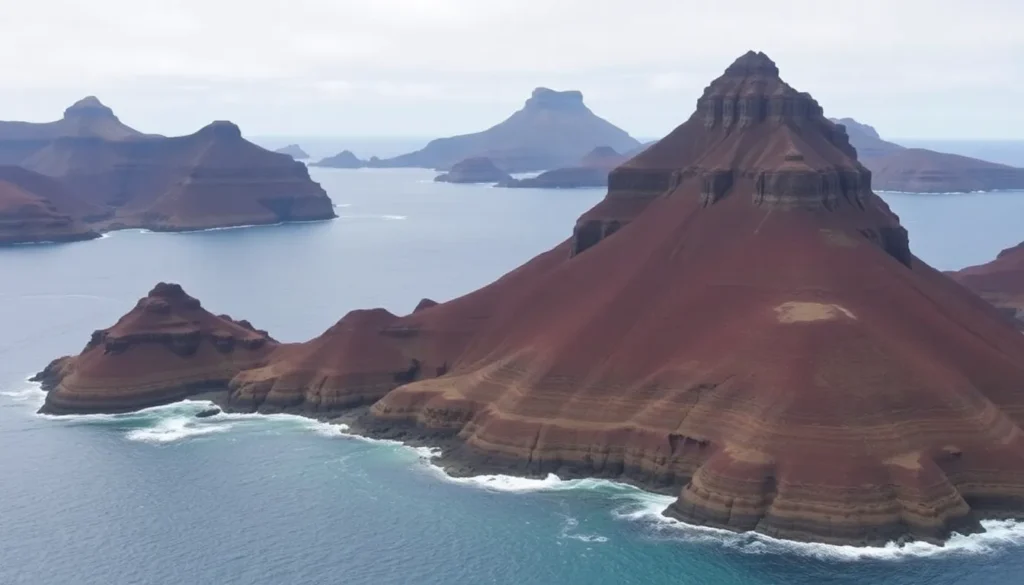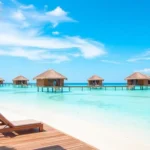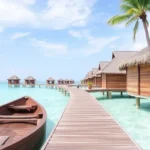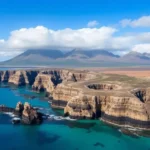Ballestas Islands: Boat Tour of Peru's Galapagos

Have you ever imagined witnessing penguins, sea lions, and thousands of cormorants all in one place? Welcome to the Ballestas Islands, often referred to as the "Galapagos of Peru." This hidden gem is a paradise for wildlife enthusiasts and adventure seekers alike.
We had just returned from exploring the original Galapagos Islands in Ecuador and weren't sure what to expect from this site. To our surprise, the Ballestas Islands exceeded our expectations, with their unique charm and abundant wildlife, all set against a backdrop of fascinating history. Let’s dive into the details!
Ready to explore the Ballestas Islands? In this article, we’ll discuss the typical boat tour experience and why visiting this location is considered one of the top things to see and do in Peru.
Ballestas Islands: A Capital of Guano
Yes, you read that right. The Ballestas Islands are known as the world capital of guano. Our guide humorously mentioned that Peruvian guano is the best dung in the world, and there’s a lot of truth in that.
Peru has profited immensely from guano, which is considered the best fertilizer in the world. In fact, guano played such a significant role in the country’s economy that it led to a historical period known as the “Guano Era.”
So, where does all this guano come from? The answer lies in the millions of birds inhabiting the Peruvian coast, especially the cormorants. The Ballestas Islands are a prime example of natural resource utilization; even decades after the guano boom, companies still organize periodic clean-ups to extract this valuable substance.
To visit the Ballestas Islands, you must take a boat tour from Paracas. There are many options, but all include a similar itinerary: a 3-hour round trip with a stop at the great geoglyph of the Candelabro and a tour around the islands to spot wildlife. You will be accompanied by a guide who will share fascinating trivia and insights about this unique corner of Peru.
The Candelabro is a massive geoglyph that stands approximately 150 meters tall and 50 meters wide, visible from the sea on one of the mountains in the Paracas Reserve. Like the Nazca Lines, its origins are shrouded in mystery, with theories ranging from alien connections to pirate treasure maps and ancient civilizations. Some even suggest that it resembles a giant cactus rather than a candle holder—it's an impressive sight!
After marveling at the Candelabro and snapping a few photos, we set sail for the Ballestas Islands. Just 30 minutes into the trip, we were greeted by stunning arch-shaped formations emerging from the water. Then, to our delight, we spotted a group of at least 20 Humboldt penguins hopping along the rocks and diving into the waves—what an incredible experience!
As we continued, we noticed a large colony of cormorants on one of the islets, which are the primary contributors to the guano story we mentioned earlier. We also saw albatrosses, Peruvian boobies, zarcillos, and sea lions, one of which looked like it had just come from an orphanage! It was a magical place, but be warned, if you are sensitive to strong odors, bring a scented handkerchief—the guano may be the best in the world, but it still carries a potent smell!
It’s essential to note that disembarking the boat and landing on the islands is strictly prohibited, as the Ballestas Islands are part of the National Reserve System of Islands, Islets, and Guaneras Points, a protected area.
Why Are There So Many Animals in the Ballestas Islands?
This question often arises among visitors. The answer can be attributed to the Humboldt Current. This cold water current plays a crucial role in regulating the climate along the western coast of South America, particularly between Peru and Chile.
The current originates from deep waters rising to the surface, characterized by their cold temperature and nutrient richness. This nutrient-dense environment makes the region one of the largest marine ecosystems in the world.
Practical Information About the Tour
Typically, there are two daily tours: one at 8:00 AM and another at 10:00 AM, each lasting approximately 3 hours. The price ranges from €15-18 per person, depending somewhat on the season. You can book these tours through local agencies (we chose Playa Roja Tours) or online through reputable companies like Civitatis for similar pricing. Here you can find more information about the tour.
If you're interested in combining your visit with a tour of the Paracas National Reserve, that option is also available—just check it out here.
For those prone to seasickness, it’s wise to bring some motion sickness medication, but our journey was relatively smooth and enjoyable.
In conclusion, the tour to the Ballestas Islands is a unique and fascinating experience in Peru, a must-do for anyone visiting Paracas. If you have limited time and can only choose one activity, we wholeheartedly recommend the boat tour.
Have you visited the Ballestas Islands? What did you think of your experience?
Follow our daily adventures in Peru on our Instagram stories.
Avoid overspending on your trip!
- Find cheap flights to Peru here.
- Book accommodation at the best prices here.
- Reserve activities in Spanish in Peru here.
- Get a 5% discount on your IATI travel insurance here.
- Arrange airport transfers here.
- Learn how to withdraw money without fees here.
- Get a 5% discount on your Holafly eSIM here.
- Rent a car with the best deals here.
- Check out the best travel books and guides here.
- Explore all our articles about Peru.






Deja una respuesta